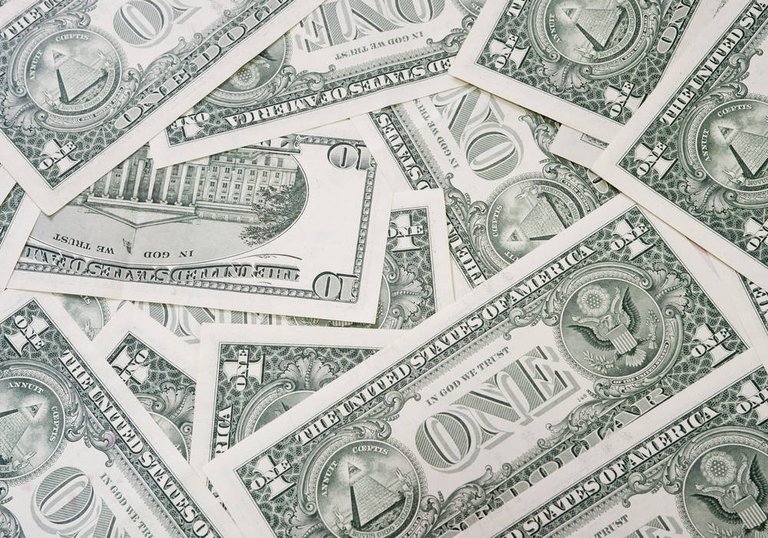In early October, financial news giant Bloomberg published a series of articles on Tether, a digital currency that has been steadily climbing the market capitalization charts over the last few months. Tether is one of many "stablecoin" tokens, which means that it is pegged to the value of a fiat currency, specifically the United States dollar. As of September 25, Tether, which trades under the symbol USDT, had posted a market capitalization of about $4.13 billion, below Ripple, Ethereum, and Bitcoin.

What is interesting about the market cap of USDT is that it speaks for itself. Cryptocurrency trading purists do not have much use for Tether or other stablecoins unless they pair them against other tokens, which is not a popular market position. By virtue of their mission to stay pegged to a currency, stablecoin tokens are centralized and need to be managed by a finance team; in the case of Tether, the team happens to be Bitfinex, a major exchange and trading platform. Despite running on an Ethereum blockchain, there is no mining of Tether, only minting by the controlling entity, but this token actually circulates as much as Bitcoin despite not being commonly accepted for retail transactions.
The Uses of Tether Currency
The secret to vertiginous climb of USDT can be found within its main purpose: to get around certain regulations impeding access to cryptocurrency trading. What many traders do not realize about their digital currency portfolios is that their dollar amounts may actually be USDT. As can be expected, Bitfinex is where most of Tether's circulation takes place; when traders deposit fiat funds in their accounts, they are converted to USDT, which for all practical purposes hold the same value as American dollars. It is easier and faster to settle pure cryptocurrency trades than to conduct currency exchange transactions from fiat to digital and vice-versa.
Major shareholders in Bitfinex, a company based in Hong Kong, would like to see the exchange platform releasing more stablecoin tokens in the future, including one that is pegged to the value of the yuan. China is a very lucrative market for cryptocurrency trading, but this happens to be a prohibited financial activity. The use of Tether and other stablecoins enables Chinese traders to circumvent restrictions, and some analysts believe this is the reason we have seen a Bitcoin bull run this year, which has correlated with the ongoing market capitalization of USDT.